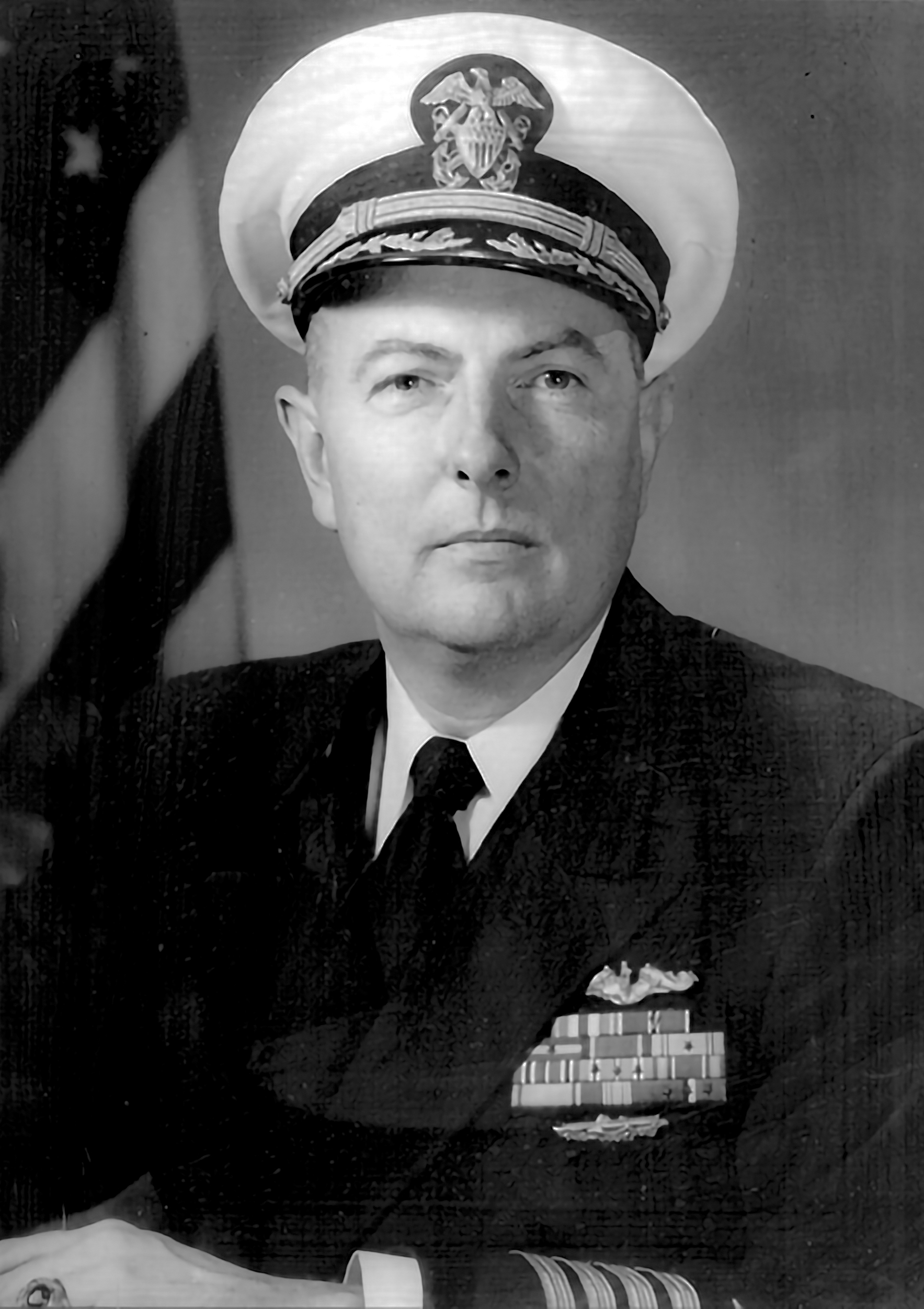
Schwab, Ernest L., Capt., USN (Ret.)
(1917–2007)
A strength of this memoir is in demonstrating the versatility called for in an unrestricted line officer. Captain Schwab was involved in war-fighting, technological research and development, and politico-military affairs. After graduating from the Naval Academy in 1939, he served until 1941 in the battleship USS Pennsylvania (BB-38), which was flagship of the U.S. Fleet. He was a student at Submarine School, July-September 1941, then had wartime duty in submarines: 1941-42 in the USS Marlin (SS-205); 1942-43 in the USS Guardfish (SS-217); 1943-44 in the USS Darter (SS-227); and 1945 in the USS Capitaine (SS-336).
He was executive officer and navigator in the Darter during the Battle of Leyte Gulf in October 1944. After the war he served in various billets at the New London Submarine Base, 1946-48, and spent a year, 1948-49, as a student at the Naval War College.
From 1949 to 1951 commanded the USS Toro (SS-422) as part of Submarine Development Group Two. He was ashore from 1951 to 1954 in the Bureau of Ships, Washington, D.C., as head of the Underwater Sound Branch, which did research and development work on SOSUS. He commanded the destroyer USS Wedderburn (DD-684), 1954-56. Schwab did postgraduate work from 1956 to 1958 at the Fletcher School of Law and Diplomacy, Tufts University, Medford, Massachusetts, then served in OP-611, the political-military policy division of OpNav, 1958-60.
In 1960-61 he was chief of staff to Commander Carrier Division 20 and in 1962-63 commanded the amphibious command ship USS Mount McKinley (AGC-7). In 1963-64 he served in the Office of the Secretary of Defense (International Security Affairs). From 1964 to 1970, first in uniform and then as a State Department civilian, he served in Europe at the headquarters of the North Atlantic Treaty Organization (NATO).
About this Volume
Based on four interviews conducted by Paul Stillwell between January and May 1987. The volume contains 299 pages of interview transcript plus a comprehensive index. The transcript is copyright 2015 by the U.S. Naval Institute; the interviewee placed no restrictions on its use.



